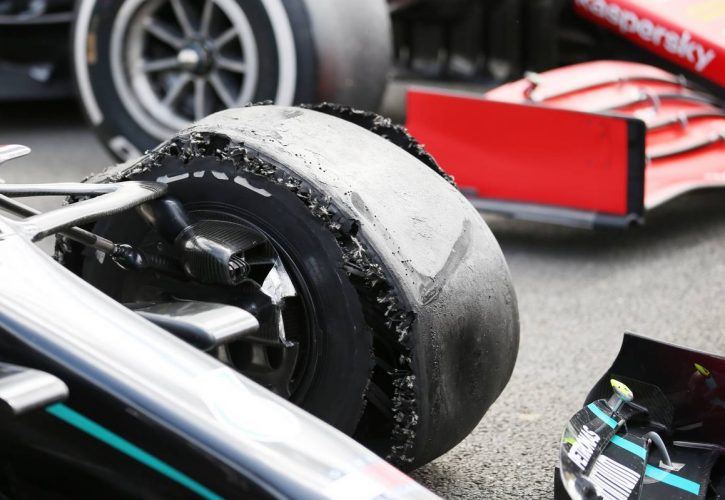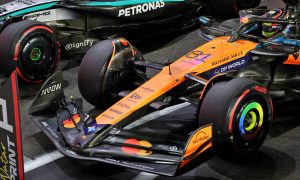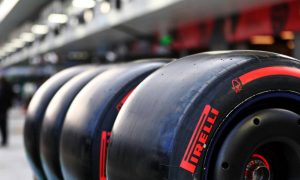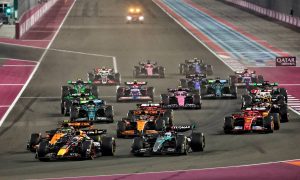
Pirelli says "challenging operating conditions" coupled with "the biggest forces ever seen on tyres" caused the successive tyre failures that marred the end of last weekend's British Grand Prix.
Mercedes was cruising towards a dominant 1-2 when second-placed man Valtteri Bottas suffered a left-front tyre failure just a handful of laps from the checkered flag.
The incident was followed by a second deflation of the same left-front tyre on Carlos Sainz's McLaren.
Meanwhile, race leader Lewis Hamilton was ordered to manage his rubber in the final two laps of the event, but the reigning world champion's caution could not prevent another tyre delamination occurring once again on the left-front corner of the Mercedes.
Pirelli immediately initiated an investigation into the failures which many believes were rooted in debris. But F1's tyre supplier has identified meximu stress as the culprit for the multiple ruptures.
"Pirelli has concluded its initial analysis on a number of tyres that were run at the British Grand Prix last weekend," said the company in a statement released on Tuesday.
"This allowed to identify the cause of the failures followed by deflations that affected both Mercedes and the McLaren of Carlos Sainz.
"The key reason is down to a set of individual race circumstances that led to an extremely long use of the second set of tyres.
"The second safety car period prompted nearly all the teams to anticipate their planned pit stop and so carry out a particularly long final stint: around 40 laps, which is more than three-quarters the total race length on one of the most demanding tracks of the calendar.

©McLaren
"Combined with the notably increased pace of the 2020 Formula 1 cars (pole position was 1.2 seconds faster compared to 2019) this made the final laps of the British Grand Prix especially tough, as a consequence of the biggest forces ever seen on tyres generated by the fastest Formula 1 cars in history.
"The overall result was the most challenging operating conditions for tyres. These led to the front-left tyre (which is well-known for working hardest at Silverstone) being placed under maximum stress after a very high number of laps, with the resulting high wear meaning that it was less protected from the extreme forces in play."
Pirelli's original plan of providing a sifter tyre selection to teams next weekend remains unchanged, although "usage prescription" shall be tweaked.
"For the second race at Silverstone this weekend, Pirelli confirms the nominated compounds: C2, C3, and C4, being one step softer than those seen at the last GP.
"Also the usage prescription will be reviewed, increasing the minimum tyre pressures to reduce the stress on the construction."
Gallery: The beautiful wives and girlfriends of F1 drivers
Keep up to date with all the F1 news via Facebook and Twitter







